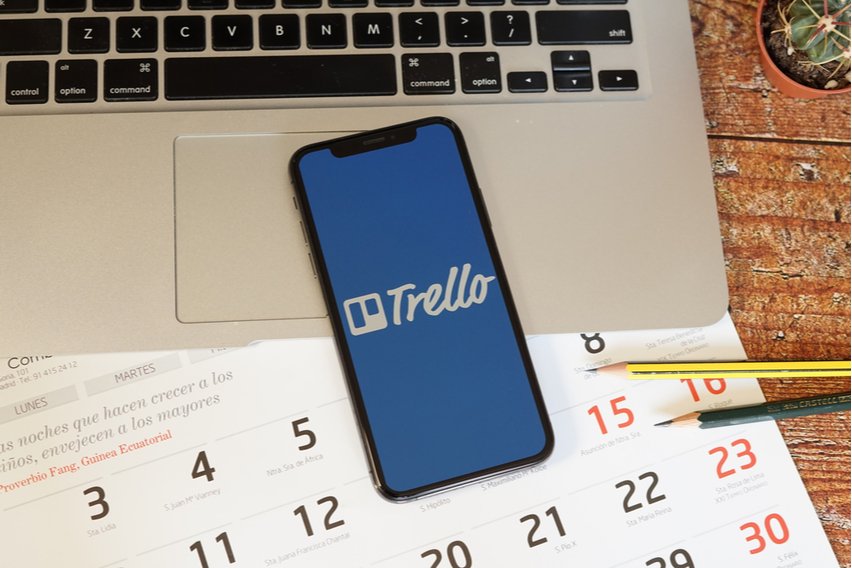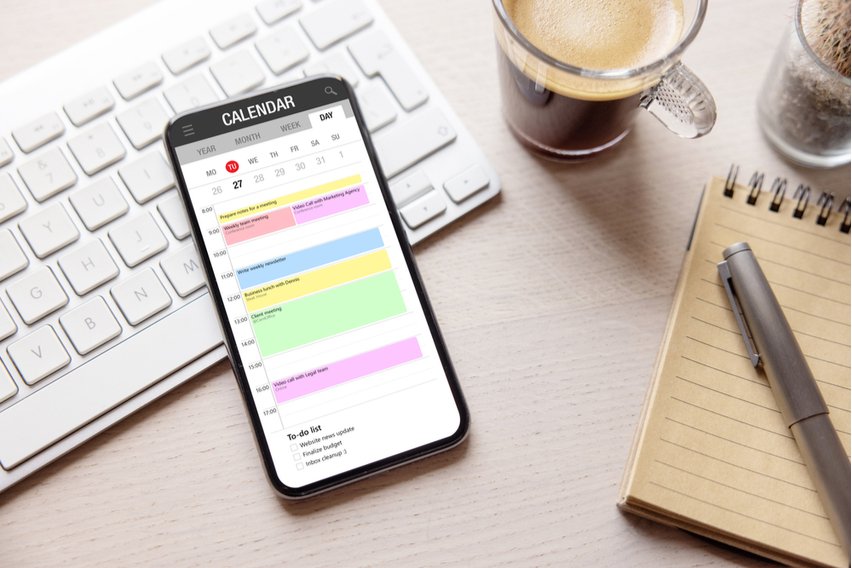How to Write a Small Business Plan: 3 Top Tips & Free Sample

Fail to plan and you’ll plan to fail. A small business plan sets your business up for success with a clear trajectory. Here is how to write your own.
A small business plan is your blueprint to success. The business planning process involves plotting out your core mission, revenue streams and marketing plan. This helps shape your business from passion project to moneymaker.
This short guide is all about helping you write a small business plan that organizes your thoughts and gets you funded.
Here’s What We’ll Cover:
3 Tips to Writing a Great Business Plan
Do You Need a Business Plan?
Hot take but not every business needs a traditional business plan.
The art of business planning has been lost in recent years. When startups took over the entrepreneurial sphere, the humble business plan seemed traditional. A relic from the past that doesn’t work for adaptable rapidly changing businesses like tech companies.
But if you are reading this article, it’s likely you are a small business owner with a clear value proposition and market. That’s what startups don’t have.
Business plans are bad for startups because they have no idea what the product truly is yet! They don’t have a market. They aren’t sure where to find them. And their product is going to pivot about 15 times a month to find the elusive product-market fit. It is a completely different type of business.

We are on the small business or solopreneur train. Business plans are for you if:
- You have a clear idea of your product or service
- You can easily do market analysis on your intended market
- You are seeking funding from traditional banks
- You have a clear sales strategy
If your business idea is more of a high-risk invention or tech startup, you need a pitch deck rather than a business plan.
3 Tips to Writing a Great Business Plan
1. Nail Your Elevator Pitch
Every good business plan starts with an “executive summary”. This is essentially a short paragraph summarizing your business mission statement. A company description. The mission tells the reader what you intend to do and how you intend to do it. The vision is where you want to end up.
These short sentences need to convey your big why. Why are you starting this business and what is your aim? Who do you serve?
If you can’t summarize your business in just a few short sentences, the proposition is too lofty and vague.
This might be the hardest and most important section of your business plan – no pressure.
2. Know Thy Structure
How do you structure a business plan? It depends on the core purpose. If the business plan is for internal use among management and employees, it will look one way. If you are writing a business plan to seek funding, it will look another way.
The broad strokes are:
- Executive summary
As discussed above. - Goals
The milestones you would like to hit in the short-term, mid-term and long-term - Skills & experience
Why should you be running this business? - Products & services
Your plan to make money is the core of your business strategy. - Target market
Include any research you have done on your ideal customer. - Competitive analysis
Who is in your space? What are their strengths and weaknesses? - Operational plans
How do you intend to run your business? Will you be a limited liability company? Or a sole proprietorship? Do you have business partners? - Marketing plan
How to market to your potential customers is tough to predict but do your best! - Sales forecast
Set realistic goals for how much your business could turnover in the next 3 years. - Start-up expenses
How much do you need? If you are seeking funding, this would be your “ask”.
Adapt it to suit your situation. A one-page business plan will still have most of these elements.

3. The Key to Success Is Market Research
Most people hate market research. It’s time-consuming. But this is the advantage you have as a small business owner operating in an established market – everyone has done it for you!
Market research doesn’t need to be boring or even lengthy. You can use statistics from government websites and Pew Research. Statistica has paid detailed reports. There are also industry-specific researchers.
Social media can be part of your research. Face-to-face questionnaires and anonymous surveys.
The more information you gather, the better you will understand your ideal market and potential for growth.
Key Takeaways
Writing a business plan sounds more tedious than it actually is. It is helpful to keep updating it as your business progresses. Don’t feel too pressured to nail it on the first try.
To get you started we have a free small business plan template that will take the guesswork out of the structure and presentation. All you need to do is fill it in. We wish you every success!
Find more templates and information for your small business on our resource hub.
RELATED ARTICLES

 6 Best Daily Planner Apps to Keep You Organized
6 Best Daily Planner Apps to Keep You Organized Top 3 Weekly Timesheet Tools to Track Your Working Hours
Top 3 Weekly Timesheet Tools to Track Your Working Hours What Is a Decision Tree Analysis? Definition, Steps & Examples
What Is a Decision Tree Analysis? Definition, Steps & Examples What Is Customer Relationship Management (CRM)?
What Is Customer Relationship Management (CRM)? 8 Areas of Improvement for Employees & The Workplace
8 Areas of Improvement for Employees & The Workplace 5 Best Time Management Apps & Tools
5 Best Time Management Apps & Tools